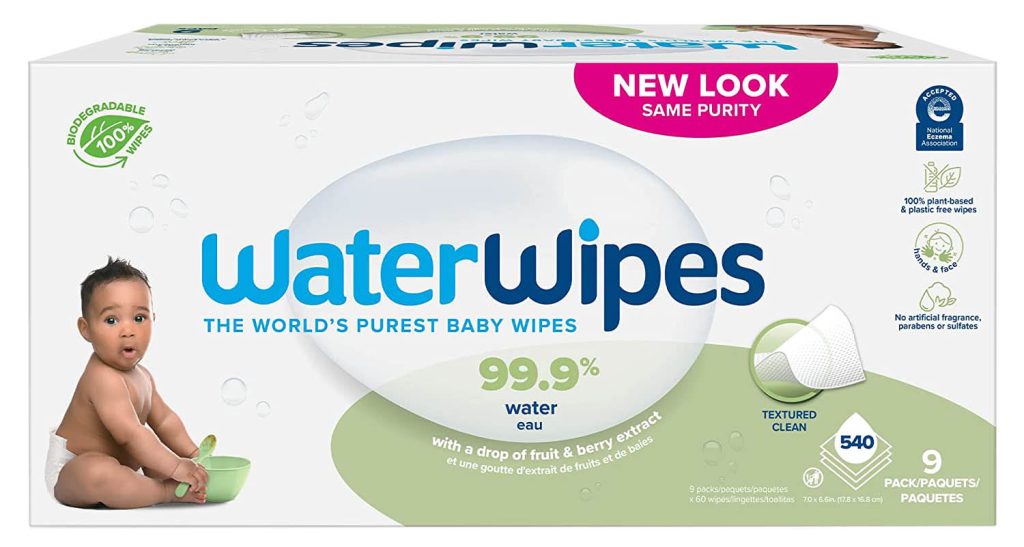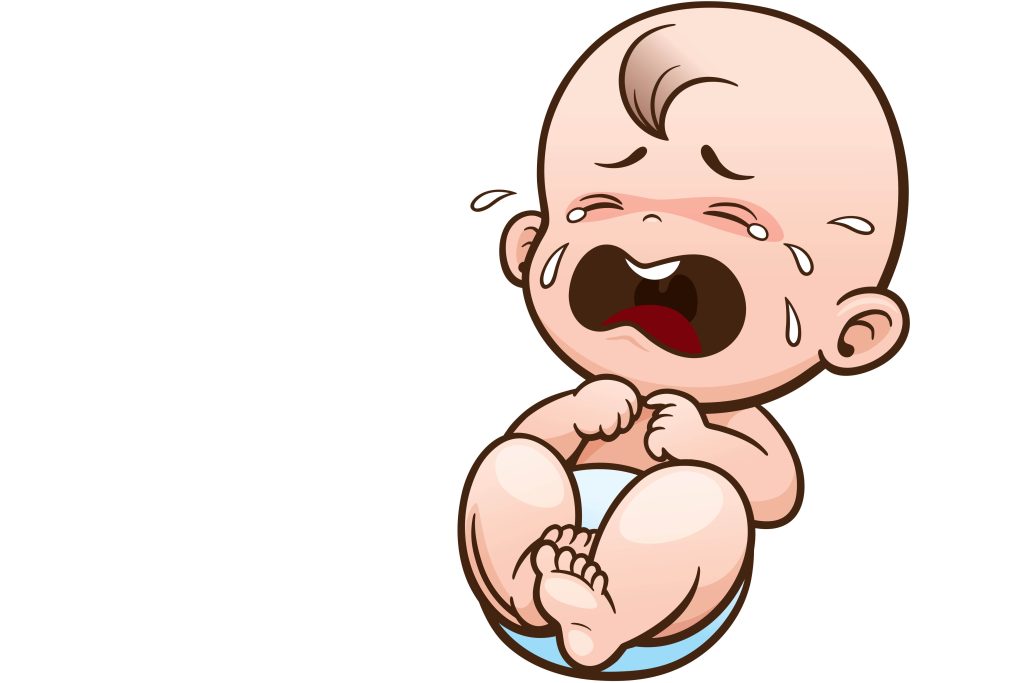By Edwina Sharrock
To prevent nappy rash, you need to know the causes. These can include:
1. Prolonged skin contact with a wet or dirty nappy
If your baby is going to the toilet more often or not being changed regularly enough this can lead to irritation on their skin
2. The area not being cleaned properly when nappy changing
Make sure you clean and dry the area thoroughly after each change. Sometimes nappy rash can be caused from a bacterial infection and spread around – nappies can be a breeding ground for bacteria as it is warm and moist so an infection can develop and spread quickly.
3. Chafing from the nappy
If your little one’s nappy or clothes are too tight, it can rub against the skin causing irritation and nappy rash. A nappy that is too tight also reduces airflow which can lead to the area becoming too moist
4. Using product that are irritating the skin
Some babies have more sensitive skin than others. Soap, bubble bath, lotions or some topical ointments may have an irritant effect. Baby wipes are great for easy cleaning but ones that are perfumed or alcohol-based could all potentially irritate sensitive skin.
5. Medications
If your baby is taking medication, such as prescribed antibiotics, this can affect bacteria levels that usually prevent nappy rash from occurring. If you’re still breastfeeding and taking antibiotics this could also have a similar effect.
6. Diet changes, food or allergies
Changes to your diet, particular foods or allergies can sometimes lead to nappy rash. For instances, foods high in citric acid such as oranges, strawberries and tomatoes can be causes of nappy rash.
There are many potential causes of nappy rash and it can sometimes be hard to prevent it. Here are my top tips on how to help prevent nappy rash so you and your bundle of joy stay happy come nappy changing time.
1. Change the nappy often
Clean the skin every 3-4 hours or as soon as possible after wetting or soiling. Keep a close eye on them and check their nappies regularly throughout the day.
2. Let the skin breathe as long as possible with nappy-free time
Leave your baby’s nappy off for as long as you can to let fresh air to get to the skin and dry off the nappy area. Try to air out your baby’s skin regularly for short periods.
3. Clean and dry the area properly during nappy changes
Wash your baby’s bottom gently and dry the skin thoroughly, patting instead of rubbing the area, especially if it is sore.
4. Use a thin layer of barrier cream between nappy and skin
Avoid talcum powder. At each nappy change, apply a thin layer of barrier cream to dry skin. This can prevent moisture build-up and also act as a protective layer. Consult with your health visitor or pharmacist to find one best for your bub.
5. Ensure you are using non-irritating products that are suitable for sensitive skin
Try to avoid soap, bubble bath, lotion or any products with ingredients that could potentially irritate or upset your baby’s skin more. If using wipes, I recommend gentle baby wipes like WaterWipes; they are great for sensitive skin and the world’s purest baby wipe, simply made from 99.9 percent water and a drop of fruit extract.


Nappy rash is, unfortunately, something that most babies will experience and dealing with it as a parent is never a fun job. You know your little one better than anyone so if you are feeling worried or unsure, please go and see your GP, midwife or care provider.

